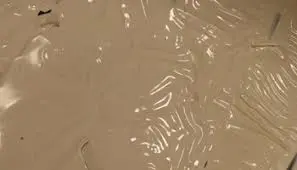Painting defects can be of many types and can occur due to many reasons. For promising painting works, architects and workers should have an idea about different painting defects and their remedies. There is no standard convention for the nomenclature for these defects. This article divides the painting defects into the following three types:
- Defects caused during paint storage
- Defects that occur during or immediately after the application of paint on walls
- Defects apparent after cure time
Causes of Painting Defects
Painting defects can be of many types and can occur due to many reasons. For promising painting works, architects and workers should have an idea about different painting defects and their remedies. There is no standard convention for the nomenclature for these defects. This article divides the painting defects into the following three types:
- Defects caused during paint storage
- Defects that occur during or immediately after the application of paint on walls
- Defects apparent after cure time
Preventive Measures for Painting Defects
- Employ good surface preparation before the application of paint. Ensure that substrate should be free from sand, dirt or any dust.
- Moisture content on the painting surface should not exceed 6% as it helps to avoid efflorescence.
- Apply adequate primer to seal the surface before going for undercoat and topcoat.
- Use appropriate coating methods and select colours that are more stable to avoid deterioration.
- Use non-yellowing paints, which does not affect by environmental situations. For areas exposed to extreme weather conditions, prefer weather-resistant paints.
- Protect and treat all the metal parts to avoid rust stains or corrosion.
- Avoid details with very rough textures and use algae-resistant paint to prevent algae and fungi growth.
Painting Defects Caused During Paint Storage
| Paint Defect | Appearance | Causes | Remedies |
|---|---|---|---|
Setting |  | This defect occurs due to the settling of pigments to the bottom of the container and their failure to re-disperse. | 1. To prevent this, avoid keeping the paint for long in warm conditions or directly in the sunlight. 2. If settling occurs, Stir the paint thoroughly to a uniform consistency and store it in favourable conditions. |
Skinning |
| Skinning is the formation of a layer of skin (dried paint) on the surface of the paint. | 1. To avoid this, keep the container airtight and do not open it until in use. 2. If skin has appeared, then remove it and stir the remaining paint before using. |
Painting Defects that occur during or immediately after the application of paint on walls
|
Paint Defect |
Appearance |
Causes |
Remedies |
|---|---|---|---|
|
Brush marks |
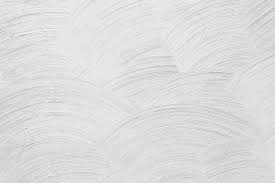 |
Brush marks are caused due to under-thinning of paints or due to poor application of the final coat of paint or due to poor quality brush. |
1. Ensure that a paint with right viscosity is applied with a good brush. |
|
Crawling |
 |
This type of defect leads to uneven film thickness and occurs mainly due to improper cleaning of surface. Surface tension difference between the paint and substrate can also lead to this. |
1. Ensure to have a sand, dirt or dust free surface. 2. Remedy materials such as Polyether modified polydimethylsiloxane (PDMS) or non-ionic surfactant for water borne paints can also be used. |
|
Cissing/ Cratering |
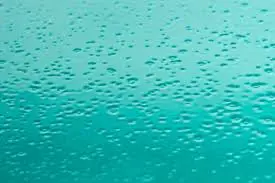 |
Small round depressions in the surface of the coating are known as craters. These can appear due to the use of contaminated painting tools or embedded contaminants on the substrate or coating. |
1. Use clean tools and water or solvents for painting the walls. 2. Proper spray booth air filtration and the contaminant elimination. 3. The addition of surface wetting agents. |
|
Cracking |
 |
In this, small cracks are formed in the coating. This can occur on recoat or if coating is applied to solvent sensitive substrates. |
1. Use proper solvents after consulting with experts, to prevent cracking. |
|
Loss of gloss |
 |
Loss of gloss may be caused due to poor surface preparation, presence of oil or due to over thinning of paint. |
1. Proper humidity control. 2. Use appropriate thinner on clean surfaces |
|
Sagging |
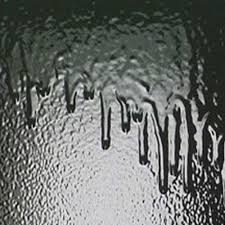 |
In this defect paint drips downwards on the surface due to application of too thick or wet layer of paint. High humidity or low temperature can also lead to this. |
1. Use proper methods to keep a check on the paint’s viscosity. 2. Keep a check on desired temperature and humidity. |
|
Wrinkling |
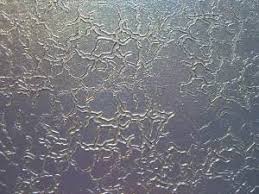 |
Applying too much paint or drying during high temperatures or painting on a topcoat before the undercoat is dry can cause this defect to happen. |
1. Ensure that the under coat is dry before applying another layer. 2. Also ensure that the new paint is compatible with the previous one. |
Painting Defects Apparent After Curing Time
|
Defects |
Appearance |
Causes |
Remedies |
|---|---|---|---|
|
Blisters |
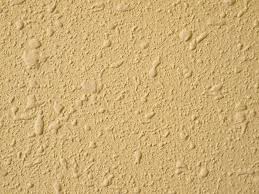 |
Blistering or Swelling of paint is caused due to the trapping of air, moisture or solvent between the surface and the paint film. |
1. Remove any unstable paint films and allow the wall to dry thoroughly. Then repaint with a recommended paint. 2. Add a moisture scavenger if required. |
|
Chipping |
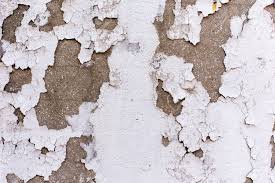 |
Chipping of paint film can rise due to excessive use of putty, due to very thick coat of paint or defective surfaces.
|
1. Regulate the use of putty and paint. |
|
Chalking |
 |
Chalking occurs when ultraviolet rays cause the paint binder to disintegrate. It can happen when interior paints are used for exterior surfaces. |
1. Remove any unstable paint films, allow the wall to dry thoroughly and repaint with a recommended paint. 2. Make sure the paint is not adulterated with foreign materials. |
|
Efflorescence |
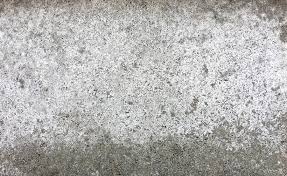 |
Formation of white powdery deposit on walls after painting is efflorescence which occurs due to salt deposits after evaporation of moisture. |
Ø Give a sufficient time gap between plastering and painting. Ø Pressure washing or wiping can be done. |
|
Flaking |
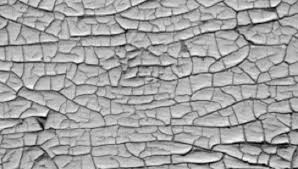 |
Flaking-off of paint film is due to improper application of primer coat over putty, and not being completely covered. |
Ø Ensure that there are no gaps in covering putty with primer coat. Ø Ensure that the surface is dry and clean. |
|
Peeling |
 |
Peeling is caused by moisture on the wall, poor surface preparation or using an incorrect painting system. |
Ø Check and repair water seepage. Ø Ensure walls are dry before painting. Ø Use an alkali-resistant basecoat or sealer. Ø Patch surface defects with putty. |
– Shalini Satapathy

